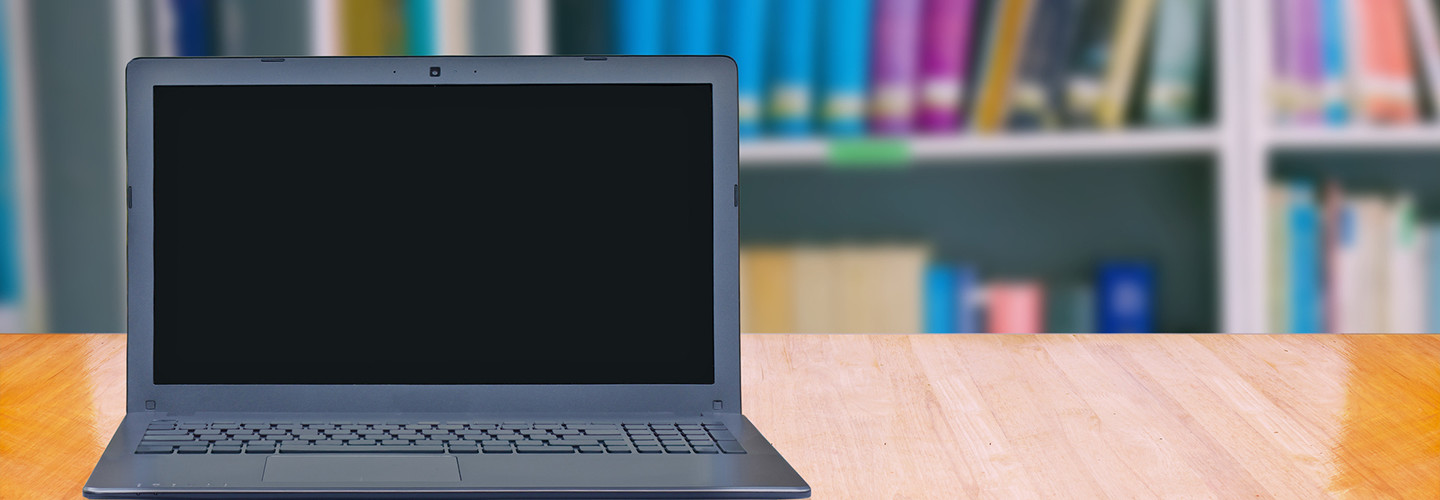3 Ways Schools Can Keep Devices Safe When Students Take Chromebooks Home
About 4 million of the 8.9 million one-to-one computing devices sold to K–12 school districts are Chromebooks, CNBC reports. We’ve already outlined the big reasons schools love Chromebooks: They’re low cost, offer better security and provide seamless cloud backups.
But what’s the impact on data security when devices are taken beyond the school’s network firewall? Research from Project Tomorrow shows that 75 percent of students in grades 3–5 and 58 percent of students in grade 6–8 are allowed to bring classroom devices home.
In an opinion piece on EdSurge, Peter Martini, the president of iboss Cybersecurity, says the deluge of Chromebooks in schools can lead to major cybersecurity issues when students take them home.
“Home networks often do not have the same protections as school, meaning students may be able to access inappropriate websites or inadvertently visit sites with malware,” Martini writes.
Once devices are brought outside of schools, there are significant cybersecurity concerns to consider, as well as compliance with the Children’s Internet Protection Act (CIPA).
With the help of the Chromebook’s own built-in features, as well as some outside software, here are three ways that schools can keep these devices secure even when they aren’t on school grounds.
1. Use Google’s Built-In Protections
Google touts the notebook computer’s default settings for phishing and malware alerts. As long as teachers keep these turned on — and tell students what to do when an alert pops up — there is an initial layer of protection.
Also, using Google Admin capabilities, teachers can set up policies for safe browsing. Teachers can also ensure that only apps from the Google Chrome Store are able to be installed, Martini says.
2. Buy Additional Security Software
Outside of the default settings, some schools have found success with security software like GoGuardian and Barracuda Web Filter.
As the Coweta County School System in Georgia rolled out Chromebooks to students in the third grade and up, administrators turned to GoGuardian for enhanced security, The Newnan Times-Herald reported.
Dean Jackson, Coweta’s public information officer, told the paper:
“GoGuardian provides the devices with an installed operating filter that places access controls permanently on the device that is identical to our network protection software. That way the devices can only be used for safe searches whether or not they are accessing a connection on the school system network or a home or public network.”
In a blog post on Barracuda’s website, the company promotes Barracuda Web Filter as a tool for CIPA compliance on Chromebooks. The filter can “control and track Internet usage both on and off campus.”
3. Set School-Enforced Security Policies
Though it might seem basic, simply password protecting a Chromebook can go a long way toward limiting access to students, Martini says.
At the Coweta County School System, devices are locked so that only someone with a student’s or teacher’s credentials can log on, Jackson told the Times-Herald. Also, students must sign user agreements, and the devices are permanently etched with serial numbers and the name of the school system.








